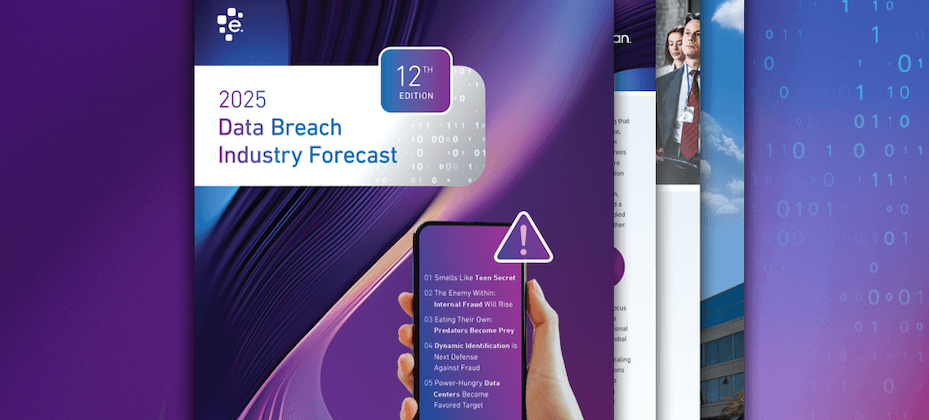
Experian’ s Vision Conference in Dallas wrapped up today with the last round up breakout sessions and a keynote address from Texas legend Roger Staubach, Heisman Trophy winner, Super Bowl MVP and Executive Chairman of Jones Lang LaSalle Americas. To all our Vision 2014 Conference attendees, thank you so much for coming this year and we look forward to seeing you all again next year.

Vision 2014: The State of U.S. Business Credit from Experian Business Information Services Experian’s Business Information Services and Moody’s Analytics have been reporting on the health of small business credit on a quarterly basis since 2010, publishing the Small Business Credit Index report. In this joint session moderated by Brian Ward, Senior Director – Integrated Marketing, Joel Pruis, Senior Business Consultant from Experian’s Global Consulting Practice and Moody’s Analytics Senior Director Cristian deRitis offered an in-depth analysis of business credit health across the United States. Cristian deRitis kicked the small business credit session into gear by taking the audience through an economic outlook, starting by reviewing of the economic progress started in part by austerity measures following the Great Recession. Joel Pruis continued the discussion with the “West vs. the Rest” small business credit conditions in the US adding national industry performance in various key metrics and resulting small business application volume trends. Experian’s Business Information Services unveiled a new interactive Business Information Map which provides key insights on business credit health by state and metropolitan statistical areas (MSA). The map enables users to get a visual representation of how states and MSA’s are performing in four key business credit health categories, including risk score, number of days businesses pay their bills past due, delinquency rates and bankruptcy rates. The map includes the most recent quarter’s performance, year-over-year comparison and industry-level analysis. Tweet This! [VIEW NOW] New interactive map on business trends in the US #vision2014 http://bit.ly/visionibim Click to Tweet Want to know the health of US businesses? View the new Business Information Map #vision2014 http://bit.ly/visionibim Click to Tweet Check out Experian's Business Information Map for great #smallbiz credit stats #vision2014 http://bit.ly/visionibim Click to Tweet I Heart Maps – especially #business #information maps #vision2014 http://bit.ly/visionibim Click to Tweet Business delinquency in the West shows signs of a comeback! Compare YOY in our interactive map #vision2014 http://bit.ly/visionibim Click to Tweet Analyze regional #smallbusiness #credit health with Experian's #business information map #vision2014 http://bit.ly/visionibim Click to Tweet Learn more about Experian’s Business Information Map by going to: www.experian.com/ibim

Day two of Experian’s 33rd annual Vision 2014 Conference in Dallas included a full morning of education on topics related to the economy and the industry. Chief investment strategist at Wells Capital Management, Dr. James Paulsen kicked off today’s events delivering a powerful keynote address on the economic and financial outlook for the U.S. Following Dr. Paulsen’s remarks, conference attendees headed into the day’s breakout sessions, including an update on the U.S. auto industry from Experian Automotive. According to Melinda Zabritski from Experian, in Q4 2014 U.S. auto loan balances grew to their highest level on record, $799 billion with new leases also expanding to a high of 28.84 percent. Another interesting topic covered today was a deep dive analysis on millennial borrowers, an important audience for lenders as they consider growth opportunity in the market. Experian’s analysis shows that this digitally-savvy population has different needs for loan products, communication and most importantly, credit education. We will be back with another update from Vision, and remember to follow our updates from the show on Twitter or read the announcements on our Vision page on LinkedIn. And check out some favorite tweets from today's conference.


